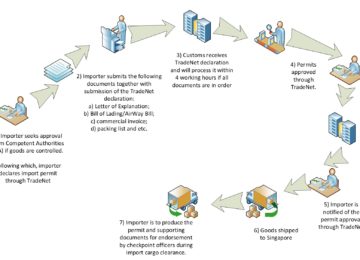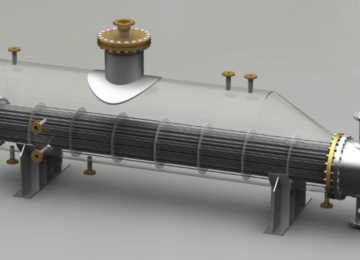It’s important to focus on developing new products and services for your firm, but don’t forget to think about how ownership will be divided among the company’s founders, investors, and employees as well.As ownership of the firm gets diluted or the company becomes public, this is done to guarantee that you do not lose control of your company. Shares, ownership rights and share classes are all covered in this article so that you may better understand your company’s sharing structure.
To put it as simply as possible, a share represents a stake in a company. As a type of compensation for the shareholder’s input of capital or effort, it serves the objective of ensuring that earnings are divided equitably in the form of dividend payments. Shareholders have the option of keeping, selling, or transferring their ownership of their shares.
As a result of this, you may opt to give your shareholder some equity in your firm in exchange for their financial support. Depending on the kind and class of share, these rights will have a different meaning. If you wish to distinguish between workers, investors, and the company’s founders, you may want to establish additional classes of stock in addition to the regular stock that most firms have.. Shareholders’ rights may be influenced by the kind of stock held by an organisation. Here are the Options to Form Your Company’s Shareholder’s Structure.
Corporate Shareholders’ Rights
It is possible for individual shareholders to have different sets of rights due to the fact that shares are a bundle of rights and obligations. Ordinary shares, the most basic kind of stock, are issued by the vast majority of corporations. Singapore’s business laws, on the other hand, are more flexible. Thus, a wide variety of share classes may be created, each with its own set of rights granted to the company by its various types of shareholders. Most important rights linked with shares are listed below:
Shareholders are entitled to a share of the company’s earnings.
As a specified percentage of each share’s market value, the company’s earnings are given to its shareholders as a dividend. A corporation may decide to pay out dividends to its shareholders if a particular year is a lucrative one. Investors typically get dividends in proportion to the amount of shares they own, unless otherwise stated. Articles of Incorporation of a business are increasingly stating that the firm’s shares are split into numerous classes, with the directors (or shareholders) having the right to adjust the dividends that are issued to each class. A growing number of businesses are including this clause in their contracts.
Participation in the Company’s Final Distribution to Shareholders in the Event of its Dissolution or Liquidation
Shareholders have a claim to any assets that remain after all of the firm’s obligations and expenditures have been paid. if dissolved or dissolved into another company In most cases, shareholders get a proportionate part of the company’s residual assets depending on the number of shares they possess. The company’s Articles of Incorporation may, however, provide that certain shares have a greater priority than others when it comes to the distribution of any residual assets if the shares are split into several classes.











